Specific approaches to training and nutrition can help young women running into puberty and beyond.
As if being a teenager isn’t hard enough, girls who run in middle and high school still face age-old myths about puberty and silence around getting a period.
“No one talks to them about their period, how to acknowledge puberty, or the changes the body undergoes,” says Stacy Sims, fellow at New Zealand’s University of Waikato and author of ROAR. “It doesn’t have to be a demise. It is recognizing the impact puberty has not only on performance but on body image and self efficacy in performance.”
A new generation of leaders, coupled with emerging research, is banishing these myths and taboos. Here’s what to expect when puberty hits, plus four ways to handle it like a pro.
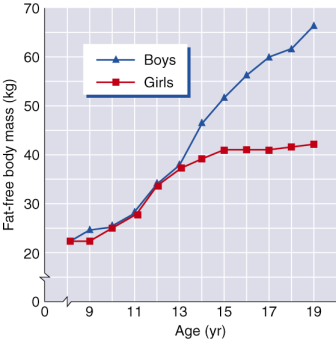
What happens to athletic girls during puberty?
Puberty, when a child’s body matures into adulthood, has important implications not just for a lifetime of running but also for overall health. Whether it arrives when a girl is 9 or 15 years old, puberty spurs the development of breasts, the reproductive system, and a new stature. During what’s called an adolescent growth spurt, she gains height, muscles, bone density, and weight. Unfortunately, by age 14, girls are dropping outof sports at two times the rate of boys.
Periods typically start a year or three after puberty begins. The menstrual cycle consists of ebbs and flows of hormones (predominantly estrogen and progesterone) that influence myriad physiological aspects beyond menstrual bleeding—from energy metabolism and thermoregulation to strength training gains and a risk of ACL injuries.
“The biggest myth, however, is that you can’t perform on your period,” says Sims. “But this is actually when you can hit some PRs.” Thanks to low hormone concentrations that occur with the onset of bleeding, female athletes gain improved carbohydrate fuel access, recovery, heat tolerance, cognition, and reaction times. Generally, painful symptoms (for example, cramping and bloating) can be mitigated with specific nutritional interventions (think: magnesium, omega-3 fatty acids). Taking asprin may pose a risk for children/teens, and Tylenol can mitigate pain through a different (less risky) mechanism.
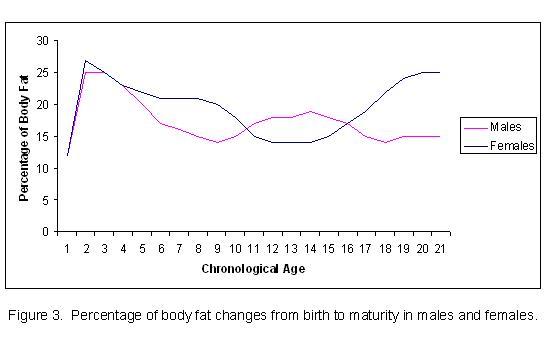
While puberty sometimes comes with a plateau in the performance rate of female distance runners, experts recommend zooming out to a big-picture view. This puts any dip or blip in perspective. “As hard as this seems, it’s really important to turn your attention towards long-term health,” says Maurica Powell, director of track and field and cross country at the University of Washington.
And there’s more good news: Specific approaches to training and nutrition can help. Here are four tips for optimizing athletic girls’ health and performance during puberty.
1. Track the menstrual cycle
While a family doc might describe a “normal” menstrual cycle as a 21- to 35-day cycle with 2 to 7 days of bleeding, a girl’s first periods might not fit that description. Eventually, though, individual rhythms emerge.
“I’ve coached really healthy women who are like clockwork every month and equally healthy women who have more erratic cycles. I encourage the women I coach to keep track of what’s normal for them as individuals and to avoid comparison with others,” Powell says. “I check in regularly with the women I coach about their health on every level, and how often they menstruate is absolutely part of the conversation. For some women, menstrual regularity can be a barometer for stress, which of course impacts training and recovery.”
Encourage the athlete to record each flow, any pain or symptoms, and other factors like sleep, mood, and energy level every day. For pre-teens and teens, using an app like FitrWoman (specifically designed for athletes), Clue, or Fitbit’s new Female Health Tracking feature can make it easier and more fun, but a regular old training log works just as well. While irregularities aren’t always serious, she can discuss them with a doctor, and having a log helps expedite that conversation.
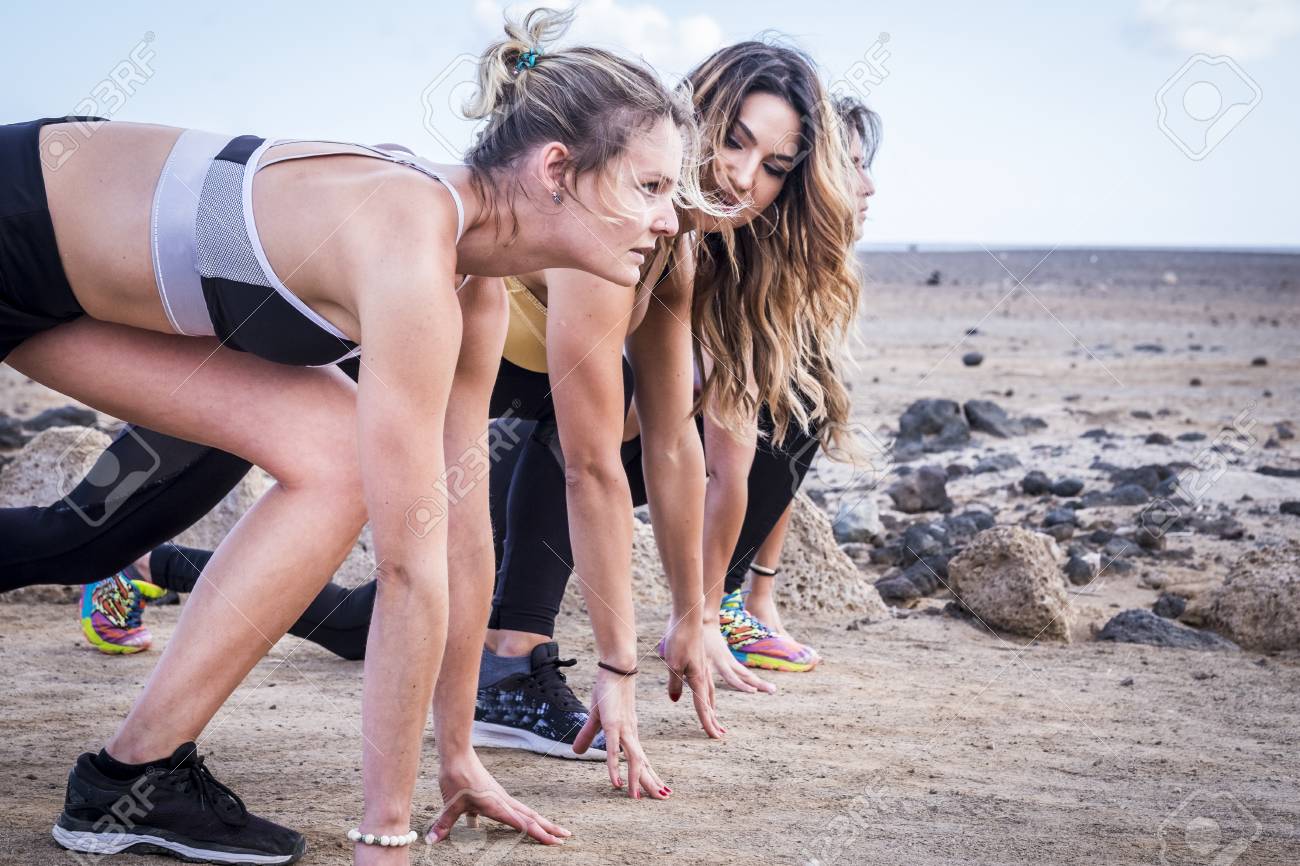
three beautiful runner girls young ready to start and run for hard workout and fitness outdoor activity. build your new and strong body near the beach for a healthy lifestyle concept.. group of people doing sport
2. Fuel well and always pack a post-workout snack
“The biggest concern with girls who are prepubescent and going through puberty is low energy availability (LEA). This can delay menarche [the first period],” says Sims, which recent research demonstrates can lead to ongoing health concerns and decreased performance.
Many coaches, parents, and physicians aren’t aware of LEA or Relative Energy Deficiency in Sport (RED-S), which is caused by inadequate nutrition. RED-S results in a host of physiological issues for both women and men, including low bone density and stress fractures, endocrinological and immune system complications, and psychological issues such as depression.
“They think, ‘Okay, my child runs, and we’ll make sure they’re eating for fueling [running].’ But they’re not also looking at all of the energy required for going through puberty and developing in those early teen years or pre-pubescent years. When kids are still not eating enough to support the growth factor as well as the training factor then they get a delay in maturation, both male and female, because the endocrine system gets dialed down,” Sims says.
On top of that, societal and sport-specific pressures put young runners at risk for developing body image issues and disordered eating behaviors.
Mitigate this by fueling consistently and especially well in and around training. Prioritize protein-rich post-activity snacks (whether after a run, lacrosse game, or swim session) to stop training’s break-down effect and to support the endocrine cycle. For example, try a chocolate milk and almonds.
If you or someone you know has concerns about disordered eating, reach out to the National Eating Disorders Association for information and support.
3. Emphasize plyos, strength, and cross training
“My best advice to anyone whose body is evolving is to focus on athleticism and strength,” Powell says.
Incorporating plyometric exercises (such as jumping and bounding) for power, resistance training for strength, and cross-training for aerobic capacity not only boosts overall fitness but also compliments running. Each of these three multidirectional activities, Sims says, can help build bone density, increase core stability, and hone explosive movements.
Ideally, a strength training program starts with no more than body weight and uses a full range of motion to emphasize good form and proper technique. Try pushups, dips, squats, lunges, and planks starting at 1x 10-15 repetitions, twice a week.
To increase aerobic capacity, depending on the individual and her training history, an athlete could focus on base mileage or cross training. Cross training, such as swimming or riding a bike, has the added benefit of relieving the stress running places on the body (and mind).
4. Gear up mentally and physically
The physical changes are not always easy to handle. Larger breasts can cause some female athletes discomfort or even pain when running, but many times, the solution is as simple as finding the right sports bra. And don’t just guess at the size. Brands like Brooks feature a convenient Sports Bra Finder, or you can get sized at your local run specialty store.
4 Awesome Runner-Approved Sports Bras

Oiselle Bae
Best support for up to C-cups
$52 | Oiselle
BUY NOW
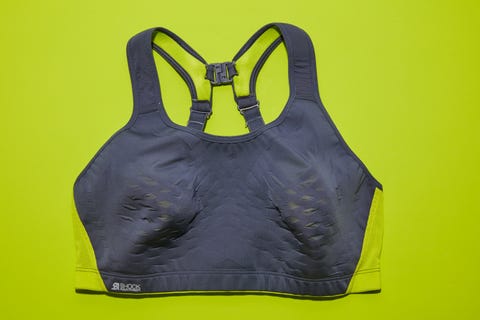
Shock Absorber Ultimate Fly
Best support for D-cups and larger
$80 | Amazon
BUY NOW
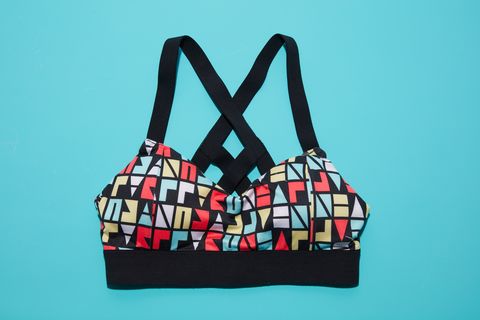
Brooks Hot Shot
Best support for A-to C-cups
$38 | Amazon
BUY NOW
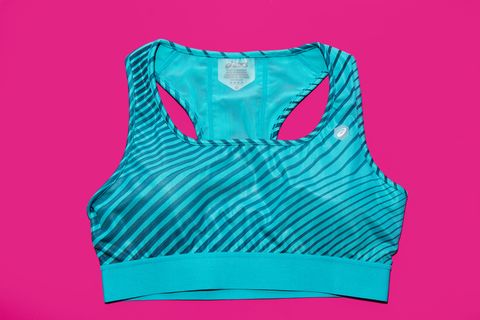
Asics Breathable Performance
Supportive up to a D-cup
$34 | Asics
BUY NOW
On the mental side, Melody Fairchild, one of the country’s best high school athletes who since earned collegiate and master’s national titles, encourages athletes to tune into their bodies and minds using breathing exercises at her running camps for middle and high school girls. This potent tool helps athletes relax, even when stressed.
“Healing physical injury or recovering from emotional stress requires being in the present moment. If you are aware of your breath going in and out, you are in present time. And, yes, it takes practice,” Fairchild says. “As athletes, we have to train the ‘relaxation response’ as much as our ability to respond to a competitor’s move in a race.”
To practice mindful breathing, sit in a comfortable position and close your eyes. Breathe naturally, paying attention to the “in” and “out” or repeating one word or phrase silently. As thoughts and distractions arise, note them, and return to your focus. After five to 10 minutes, let the focus go.
A true love for sports

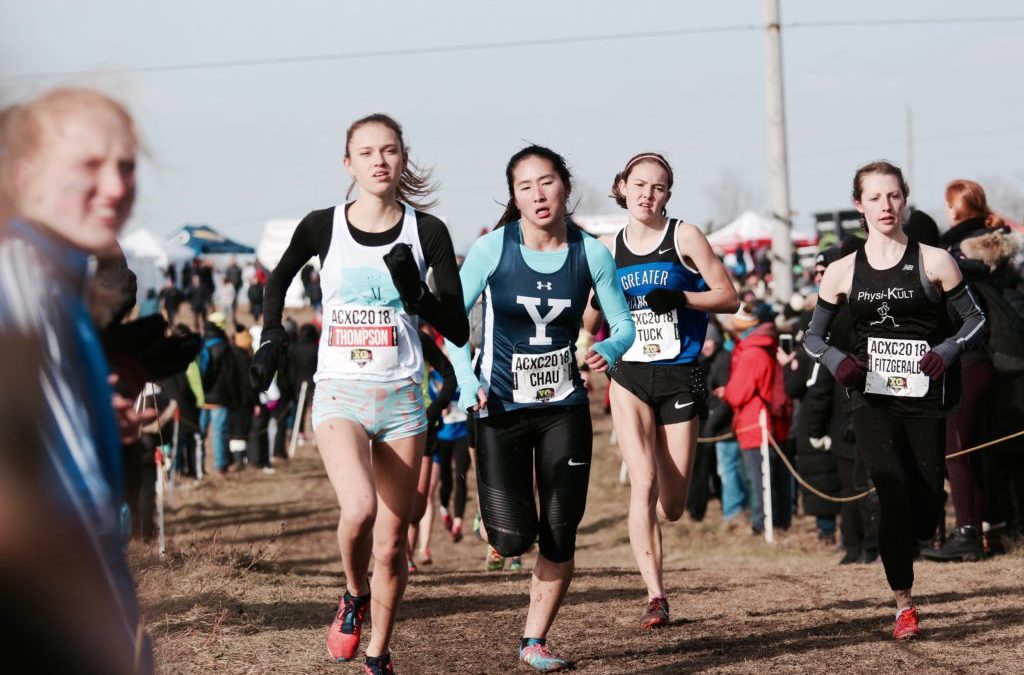
Recent Comments